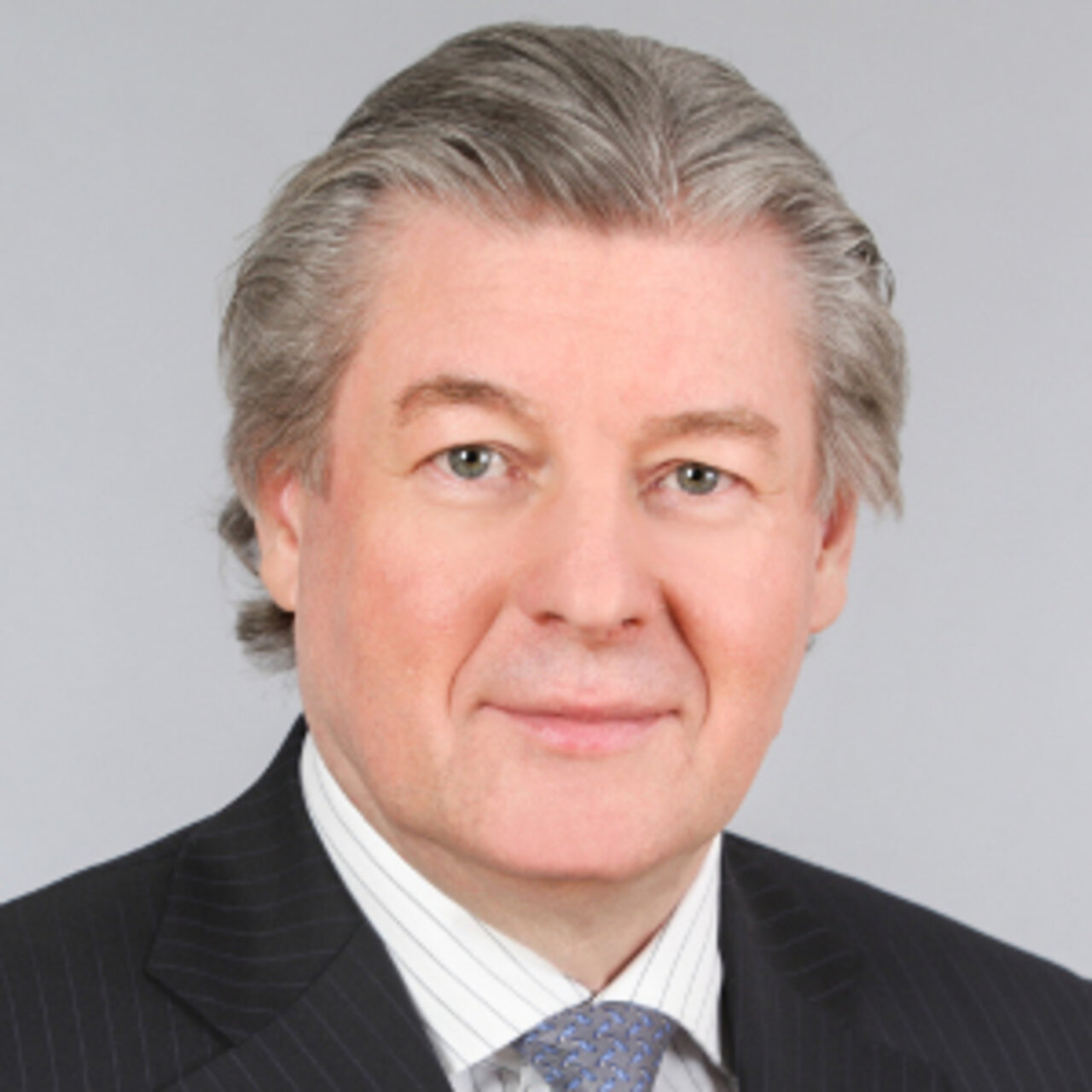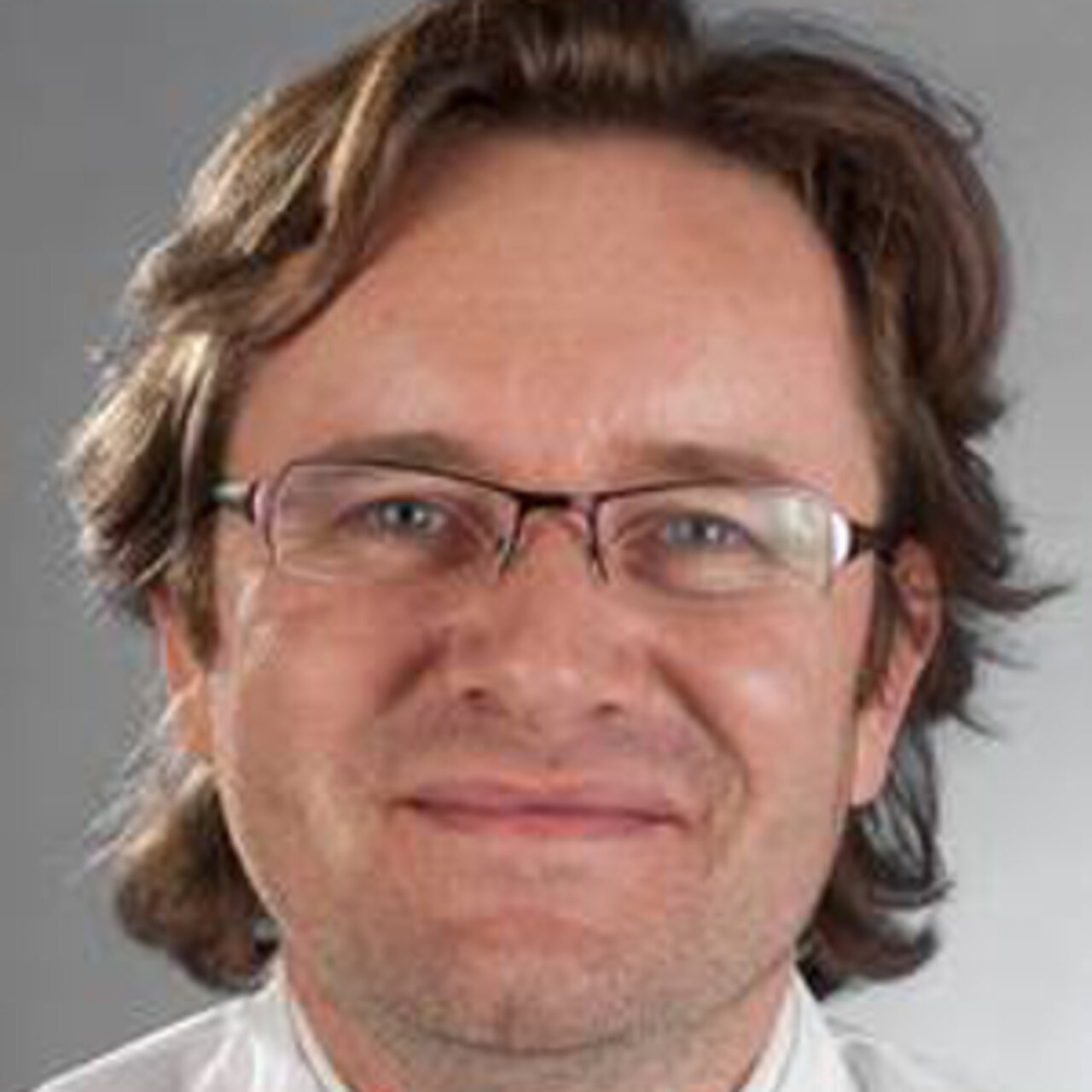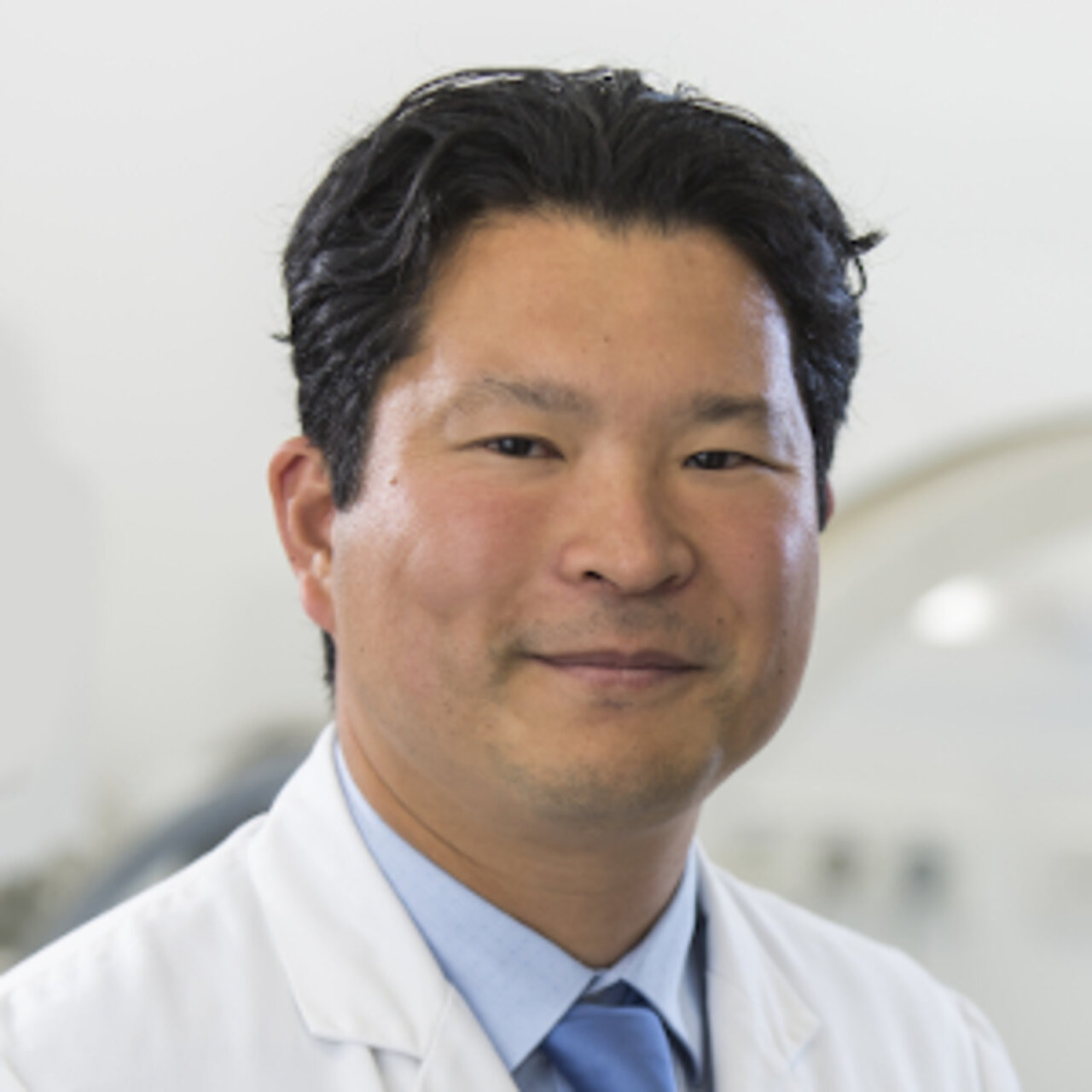Specialists in Pediatric Neurosurgery
8 Specialists found
Information About the Field of Pediatric Neurosurgery
What Is Pediatric Neurosurgery?
Pediatric neurosurgery involves the surgical treatment of children with congenital malformations or nervous system injuries, i.e., the brain, spinal cord, and nerves.
Malformations and injuries can lead to developmental disorders, so surgical treatment is usually an essential therapeutic pillar of treatment. In addition, due to the unique characteristics of the child's nervous system, specific diagnosis and therapy of the affected children is required, which is realized in an interdisciplinary team of neurosurgeons, pediatricians, radiologists, and also prenatal diagnosticians.
Which Diseases Are Treated with Pediatric Neurosurgery?
Pediatric neurosurgery includes various neurological conditions of childhood. Among the most common tumors of the child are those of the brain.
Childhood Brain Tumors
Brain tumors are neoplasms, i.e., cell growths, manifest in very different ways. For example, there are paralyzes, epileptic seizures, and increased pressure inside the skull or gradual symptoms such as headaches, changes in character, coordination disorders, and fatigue.
Pilocytic astrocytoma and medulloblastoma, which are localized in the cerebellum, account for most childhood brain tumors. The astrocytoma forms from the star-shaped brain cells, the astrocytes, which under normal conditions ensure the support function of the brain. If excessive growth occurs here, an astrocytoma is formed, either benign or malignant. On the other hand, medulloblastoma is a very fast-growing tumor usually malignant and must be treated quickly.
Other tumors include ependymomas, which are found in the posterior fossa and grow slowly, and craniopharyngiomas, which affect the middle fossa.
Hydrocephalus
The cerebrospinal fluid (CSF) provides a cushioning and nourishing function to the brain. In hydrocephalus, the conditions of the cerebrospinal fluid in the cavities of the brain change, and congestion of the fluid occurs with a subsequent increase in pressure in the skull.
Since the bones of the skull in infants are not yet firmly fused, they may experience a visible increase in the circumference of the head. There are several reasons for the occurrence of hydrocephalus.
Congenital hydrocephalus, often associated with infections and malformations such as spina bifida, is usually caused by a blockage of cerebrospinal fluid drainage from the cerebral ventricular system.
Acquired causes include bleeding following injury to cerebral vessels, brain tumors, and inflammation of the meninges leading to adhesions and obstructions of the cerebrospinal fluid outflow. Furthermore, in rarer cases, increased cerebrospinal fluid production may also occur.
Spina Bifida
Spina bifida is a malformation of the spine and spinal cord with possible neurological deficits, most commonly localized in the lower back. The open form must be distinguished from the occult form. It is the most common malformation of the central nervous system in children, about one child per thousand births is born with this disease. The neural tube defect can usually be diagnosed during pregnancy using sonography. An essential factor in preventing spina bifida is folic acid supplementation, especially during the first trimester of pregnancy.
Craniosynostosis
In craniosynostosis, premature ossification of the cranial sutures of the fetal head occurs. The cranial sutures are soft connections between the bones of the skull that ensure space for the still-growing brain. If these sutures ossify prematurely, there is an imbalance of head growth and deformation of the skull. This can have cosmetic consequences, or if multiple cranial sutures ossify, it can result in a developmental problem of the brain and an increase in pressure within the skull. Depending on the cranial sutures, ossify prematurely; this shows in a crooked head, triangular skull, or short skull, for example. The clinical picture can be further diagnosed using X-rays, sonography, or MRI, followed by further therapy planning.
What Surgical Methods are Used to Treat Children?
A child's hydrocephalus is usually treated with a shunt. In this procedure, the excess cerebrospinal fluid is drained into the abdominal cavity via a shunt connection, i.e., with a small tube, and reabsorbed there. This procedure is carried out minimally invasive endoscopically, which means that the minor possible access points are chosen, and a small camera is used to improve visibility.
Treatment of childhood brain tumors is usually microsurgical, sparing essential brain structures and nerves. Depending on the size and extent, but also on the child's age and the urgency of the intervention, surgical removal of the tumor is the goal. Most brain tumors in children are operable. Often surgery is associated with chemotherapy, but radiation therapy is also used. In case of brain swelling, displacement of adjacent structures, and increase of intracranial pressure, it may be necessary to perform treatment with corticosteroids before surgery. This will cause the tissue to decongest and decrease the pressure. A shunt may also be required.
Postoperatively, the procedure differs compared to adults due to the immaturity of the child's brain. Therefore, close interdisciplinary cooperation is crucial for a successful outcome.
Craniosynostoses are treated conservatively or surgically depending on the degree of severity. If surgical correction is desired, there are various methods to choose from. Within the first three months, a separation can be carried out in the cranial sutures, and bone parts can be removed. A two-stage surgery can also be carried out later and involves weakening bone fragments by installing an absorbable plate and subsequent reconstruction of the fragments. An endoscopic surgical method may also be considered. All surgical therapies are usually followed by helmet treatment to stabilize the desired result in the longer term.
In a C-section birth, the neural tube defect in spina bifida is surgically covered to avoid birth-related neurological pressure damage. This is a planned intervention if the defect is superficial; closure should be done immediately to prevent infection and neurologic damage in open neural tube defects.
In general, a gentle and minimally invasive therapeutic approach is standard in children. The intraoperative administration of anesthesia and all further therapeutic steps are performed by physicians who specialize in pediatric medical care.
Which Doctors Are Specialized in Pediatric Neurosurgery?
After graduating from medical school, physicians earn board certification in neurosurgery. They then have the opportunity to focus on the neurosurgical treatment of children within this specialty. This means that trained neurosurgeons who have specialized in the treatment of children in the second step work in the field of pediatric neurosurgery.
We will help you find an expert for your condition. All listed doctors and clinics have been reviewed by us for their outstanding specialization in pediatric neurosurgery and are awaiting your inquiry or treatment request.
Sources:
- www.awmf.org/uploads/tx_szleitlinien/025-022l_S1_ZNS-Tumoren_Kinder_Jugendliche_2016-09.pdf
- next.amboss.com/de/article/el0xDT
- www.uniklinik-freiburg.de/neurochirurgie/schwerpunkte/kinderneurochirurgie/tumore.html
- kinderneurochirurgie.charite.de
- kinderneurochirurgie.charite.de/fuer_patienten/haeufigste_krankheitsbilder/kraniosynostosen/
- eref.thieme.de/ejournals/2195-9927_2016_04







